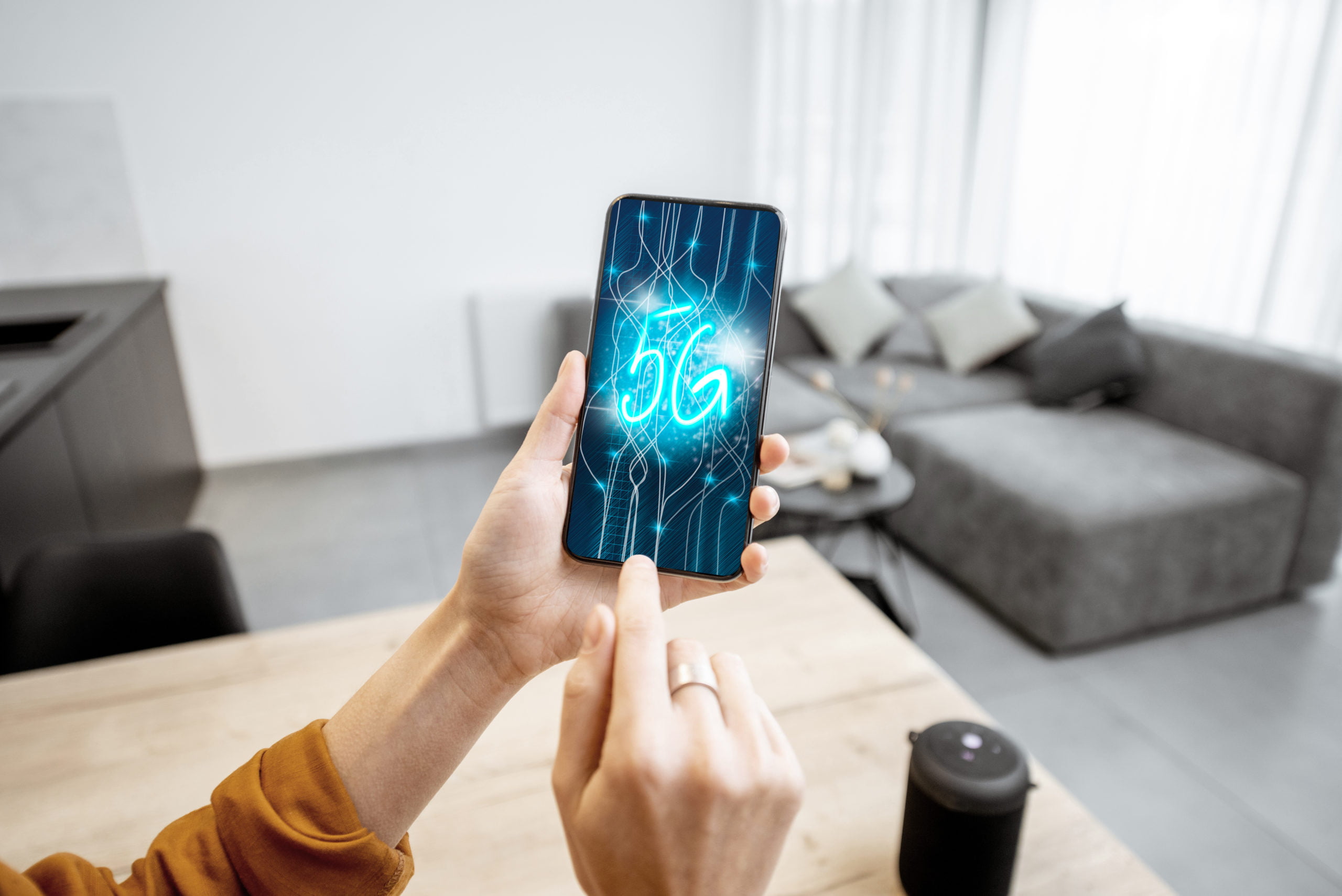As 5G technology continues to develop, there are different types of 5G signal boosters available on the market. In this article, we will take a look at the different types and how they work. We will also discuss why you should consider investing in one for your home or office. In our increasingly digital world, a 5G signal booster can improve your personal and professional life. All this talk about signal strength, 4G vs 5G, frequency, and cell signal booster can be a bit daunting. Let’s break it down for you so that you can get the best signal booster to meet your needs, whether you’re living in rural areas or major cities. Powered boosters are new technology that can improve the cell signal of small homes and offices, which guarantee faster data speeds, better signal quality, higher frequency, and no obstructions.
Different Types on the Market

There are three types of 5G signal boosters. Each one works differently, but all of them work to amplify the signal of a 5G network.
Femtocell signal boosters are designed to amplify the signal of a 5G network for a single device. Femtocell signal boosters are typically used in homes or small businesses.
Picocell signal boosters are larger than femtocell signal boosters, but still smaller than macrocell signal boosters. Picocell signal boosters are designed to amplify the signal of a 5G network for a small number of devices. Picocell signal boosters are typically used in larger businesses or public places, such as airports or hospitals.
Macrocell signal boosters are designed to amplify the signal of a 5G network for a large number of devices. Macrocell signal boosters are typically used in large businesses, public places, or outdoor areas.
How To Choose The Best One

When it comes to choosing the best signal booster for your needs, there are a few factors you’ll need to take into consideration. The first is the type of booster you need. There are three types of boosters: in-building, vehicle, and desktop. In-building boosters are designed to amplify the signal in a specific area, such as a home or office. Vehicle boosters are designed to amplify the signal in a car or truck. Desktop boosters are designed to amplify the signal in a specific area, such as a desk or countertop.
The second factor you’ll need to consider is the strength of the signal in your area. You can find this information by using a 5G signal map. The third factor you’ll need to consider is the type of 5G signal you’re using. There are two types of 5G signals: millimeter wave (mmWave) and sub-6 GHz. In order to choose the best one for your needs, you’ll need to know the type of signal you’re using, the strength of the signal in your area, and the type of booster you need.
The Working Principle of a Booster
A 5G booster is a device that is used to amplify a weak signal so that it can be received and used by a device that is not in close proximity to the signal source. 5G boosters come in a variety of different types, each of which has a different working principle.
The simplest type of is called a passive booster. Passive boosters do not require any external power and work by capturing and amplifying the signal that is being transmitted. They are typically small and easy to install, and are perfect for use in areas with a weak signal. Active boosters are a more complex type of booster and require external power in order to operate. They work by amplifying the signal and then retransmitting it at a higher power. This allows them to extend the range of the 5G signal and provide better coverage in areas that are not well served by 5G.
Reflective boosters are a type of active booster that use a mirror to reflect the signal in a specific direction. This allows them to extend the range of the signal in a specific area, making them ideal for use in large buildings or stadiums. Duplexers are a type of booster that are used to separate the signal from other signals that may be present in the area. This allows them to boost the signal without affecting the other signals. Duplexers are often used in conjunction with active boosters to provide better coverage in areas with a lot of interference.
Overall, the different types of boosters are important because they can increase the range of a signal, which can improve the overall user experience. There are a variety of signal boosters available, so it is important to choose the one that is best suited for the specific needs of the user.


